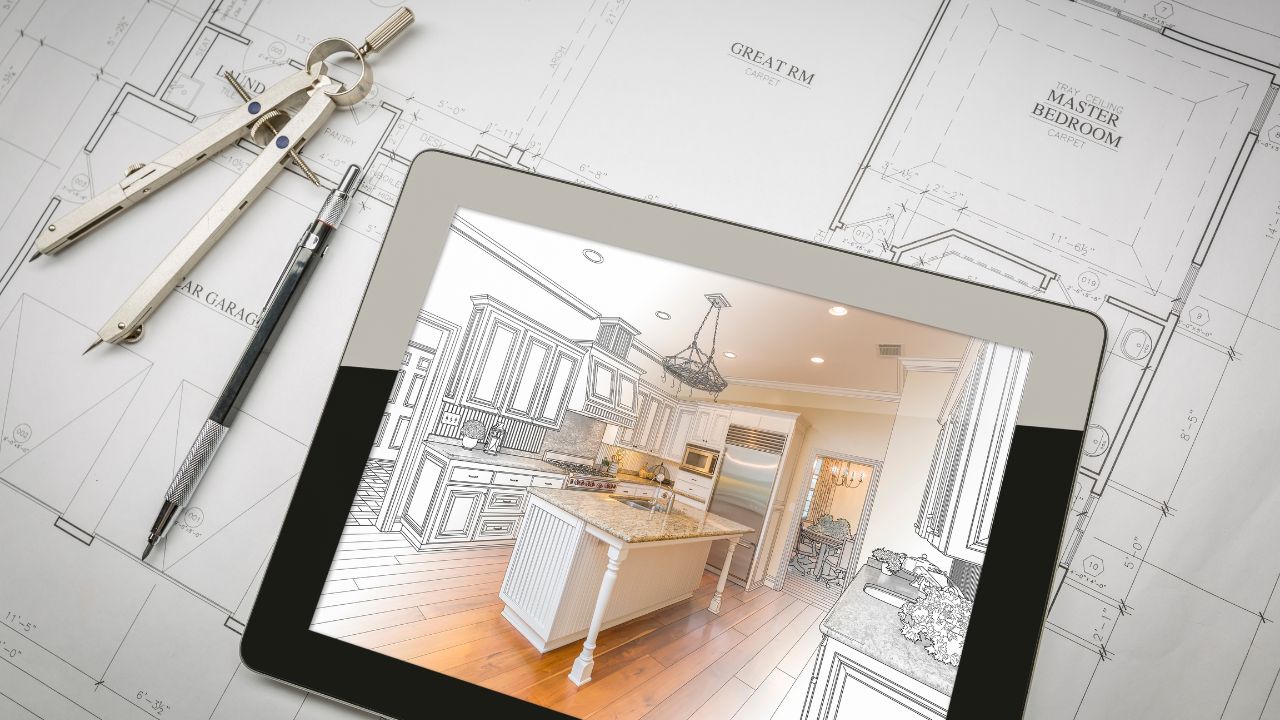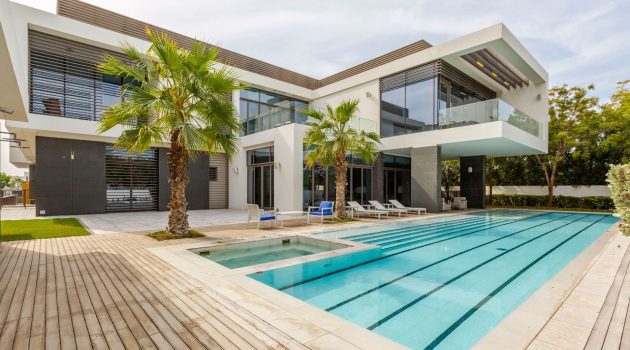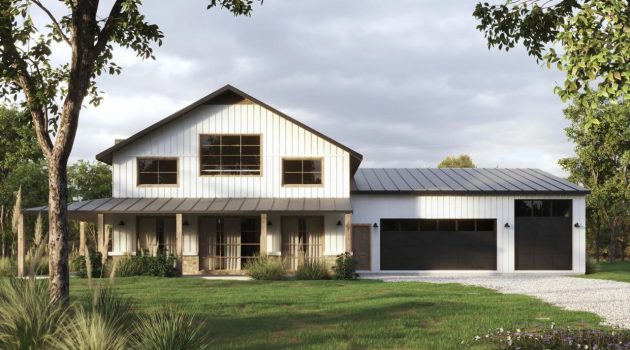When it comes to designing a home interior, there will be lots of factors to consider.
From the color scheme to the overall aesthetic to the layout, there is much to plan when decorating a home space.
But while there are a number of things you can cut corners with, there are certain elements you should always focus on.
You might be delighted to pick up unique ornaments or bits of good quality furniture for a steal at vintage or charity stores, but that’s where your bargain hunting should stop in terms of home design.
Skimping on certain design elements can be costly or even dangerous in the long term. Here are three home design elements that you can’t skimp on.
1. Finishes
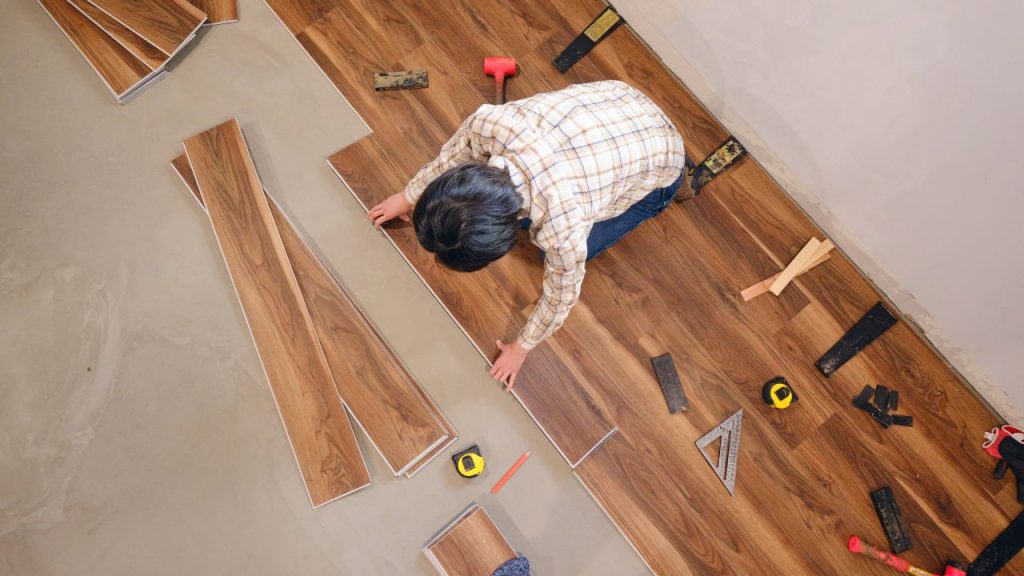
A home’s more permanent, hard surface elements are extremely important in design.
Facing, tiling, flooring, plastering, glazing, and woodworking are just some examples of finishes within a home space.
As these elements tend to be more permanent than other types of décor, it’s important not to try and cut corners with them.
While sofas and coffee tables are easily re-positioned within a design space, the finishings are more costly to change on a whim.
This is why you must choose finishes that are long-lasting and durable. Also, try not to be tempted by the latest fad unless you’re happy being stuck with it for years.
If being on trend is what’s important to you when it comes to home design, then look for styles of finishes that are timeless.
Choose top of the range wallpaper that won’t peel or date, and install good quality flooring that can cope with high foot traffic and never goes out of fashion.
2. Lighting
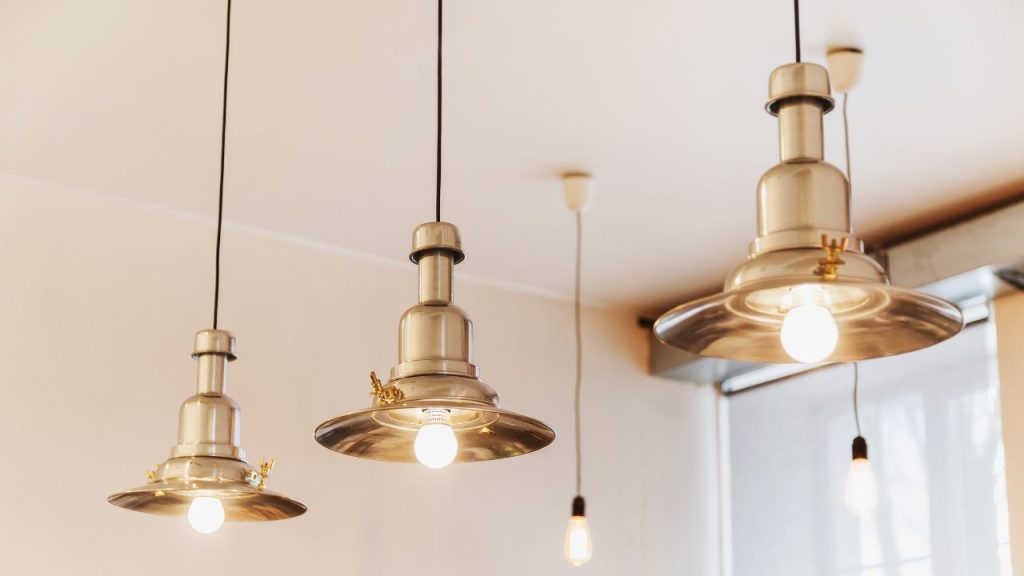
Anything electrical, such as lighting, should adhere to your country’s safety regulations and, where appropriate, be fitted by a professional.
But that’s not the only reason you shouldn’t skimp on lights within a home design setting. You might think lighting isn’t important when designing your home, but you’d be wrong.
The lights in an interior space are very important and can bring out the best in a room by creating an ambient mood and highlighting its best features.
But just as the lighting can complement a room, it can also have a negative effect on it.
The wrong type of interior lighting can destroy the whole ambiance of a space. Therefore, you must don’t neglect the lighting when designing your home.
You’ll likely have spent a lot of effort in creating a beautiful living space, so why not use the lighting to highlight this?
Careful placement of lighting can be used to create numerous effects, as can the bulbs’ color. Remember, the lights should complement the space and its purpose, not hinder it.
READ MORE: 20 Mid-Century Modern Living Room Ideas
3. Fittings and fixtures

Fittings, and fixtures are usually expensive to modify once installed in a home space.
Fittings in home design mean anything that is secured but free-standing with no permanent attachment to the structure of the building.
Some examples of fittings include fridges, freezers, washing machines, and other kitchenware appliances.
On the other hand, fixtures tend to be more integrated into the building and include kitchen work surfaces, boiler and heating systems, and bathroom suites.
While fittings are more difficult to relocate than moveable furniture, you don’t usually need a specialist tradesperson to help you.
Even more secure fittings, such as wall partitions, shelving, and internal cupboards, can be done without professional guidance if you know what you’re doing and there are no electrical wires or pipes.
Replacing fixtures, however, usually requires the aid of a qualified and registered tradesperson. In many countries, attempting to install certain fixtures by yourself is illegal.
For instance, in the UK, a boiler can only be fitted by a qualified professional, a registered Gas Safe engineer. Always check with your country’s regulations before tampering with any fixtures in your home.
Conclusion
With the cost of living becoming more of a challenge these days, it can be tempting to cut corners when designing your home.
While hunting for bargains and DIY projects are fun, they should only be limited to certain design features.
You should never skimp on some home design elements because they are costly or even a danger to life.
Features such as finishes, lighting, fittings, and fixtures should be considered deeper than more moveable items.
